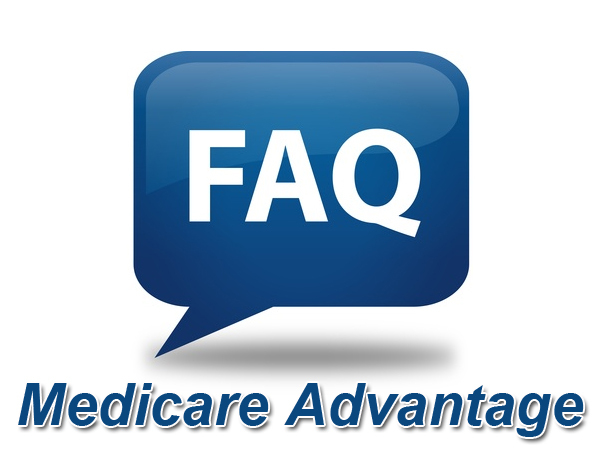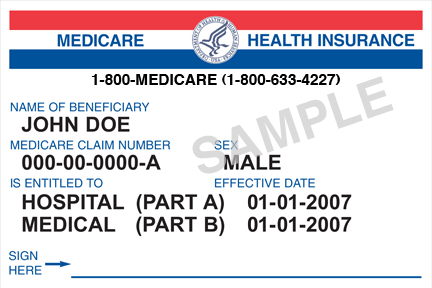
Know The Drug Plan Lingo! 5 Terms to Get You Started
Every field or discipline has its own language. And to the undiscerning ear, it can all run together into nonsensical jargon. Mumbo jumbo. Gibberish. Flim flam. Drivel. You get the idea. But if you want to walk the walk and get ahead, you must first talk the talk. To get you started, you’ve probably come across these 6 terms in your Part D Drug Plan research.
Formulary
I’ll start with an easy one. The formulary is simply the list of drugs a particular plan covers. There are 24 drug plans at your disposal. Not all of them will cover the same medications. This is why it is important to check a plan’s formulary to find out if it’s right for you.
Prior Authorization
If a drug plan requires prior authorization, it means that they will not cover certain drugs unless your doctor or prescriber proves that the medication is medically necessary.
Step Therapy
Drug companies do not want you on an expensive drug when a less expensive one will be just as effective. For this reason, they will often make their beneficiaries start on a generic or cheaper drug as a trial to see if it works just as well. If it doesn’t, then the beneficiary can “step” up to the more expensive (often name brand) medication. This is called step therapy.
Quantity Limit
Quantity limit is exactly what it sounds like: a limit on the quantity of a specific drug that a plan will cover. Drug companies limit quantity to reduce waste, curb drug costs, and prevent unsafe use. For example, if someone is on a pain medication with a standard dosage of 2 per day, the quantity limit for a month will likely be 60 pills. They don’t want people getting addicted or wasting them through misuse or carelessness.
Tiers
Drug plan companies often organize the medications they cover into levels or “tiers”. Drugs on a lower tier (often generic brands) have lower associated costs such as copayments or coinsurance. Drugs on a higher tier (such as name brand or specialty drugs) often have higher costs.
The Donut Hole
The donut hole is a gap is prescription drug coverage. After you reach $3,310 in total drug costs, you enter the donut hole (resulting in higher out-of-pocket costs). After you reach 4,850 in out-pocket costs, you leave the donut hole and enter into what is known as “catastrophic” coverage where the plan will cover 95% of your drug costs.
All done! If you finished reading this, your Medicare literacy just increased. But if you have run into any more difficult terms, leave a comment. We are more than willing to answer your questions. Or visit Medicare Interactive’s glossary for additional Medicare vocabulary.
Have other Medicare questions? Turning 65 soon and not sure what to do? Click here to sign up for our free Medicare workshop. No high-pressure sales pitches here, just in-depth discussion about the ins and outs of Medicare!










